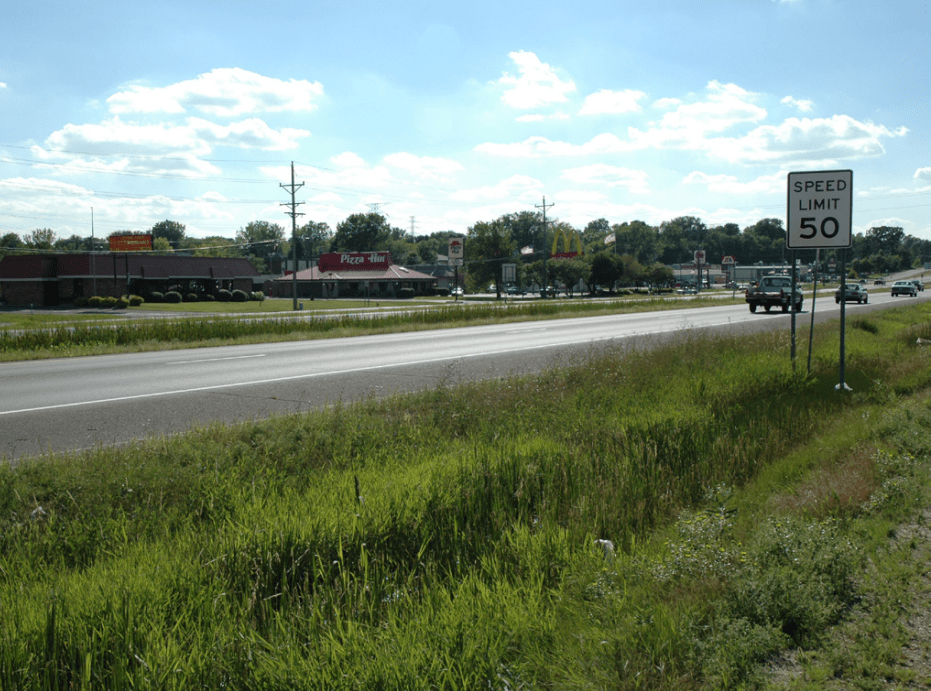Can't drive 55? MnDOT OKs 60 mph on many state highways

View of existing TH 36.
Courtesy of Minnesota Department of Transportation
Go Deeper.
Create an account or log in to save stories.
Like this?
Thanks for liking this story! We have added it to a list of your favorite stories.


